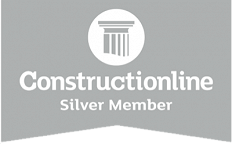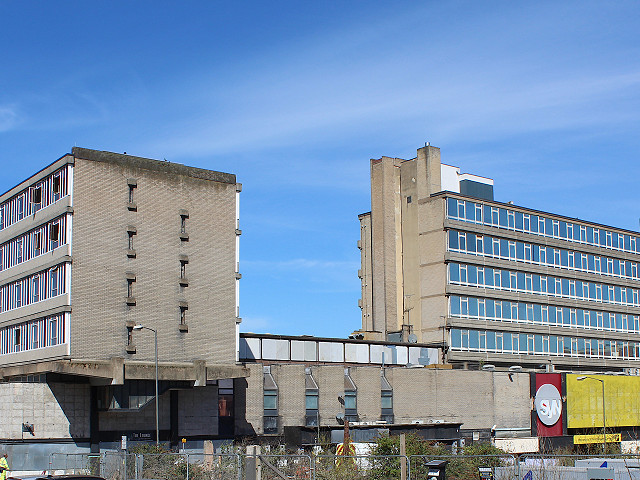
Case Study: Asbestos Removal to support large-scale demolition project in Derby
If you are wondering what happens when companies find asbestos during a large-scale demolition project, read on to find out.
Before any work is planned, an asbestos survey must be done. This will show where the asbestos is located, if any. As most demolition projects are in older buildings, the chances of asbestos is very high.
Usually, a demolition company will look to hire a sub-contractor who has an HSE License to Remove Asbestos. As we are a licensed firm, we work alongside many demolition companies.
Download our HSE license here. HSE LICENSE 04.09.22
Demolition project in Derby - Asbestos Removal
The Former Pennine Hotel and Syn Nightclub (formerly Brannighan’s) in the heart of Derby City Centre is part of a large-scale demolition project. Some aspects have already been knocked down, including the former Debenhams.
E4 Environmental has been contracted to assist with all asbestos removal across the site in preparation for demolishing the buildings.
The large site consists of multiple Asbestos Containing Materials (ACM’s) throughout the buildings.
- Asbestos insulation board
- Thermal insulation
- Asbestos loose fill
- Asbestos fire doors
- Toilet cisterns
- Uplights
- Boiler room ducting & pipes

Asbestos-containing fire doors
As licensed asbestos removal specialists, our job is to help you to plan and remove all asbestos materials in controlled and suitable atmospheres.
How is asbestos removed from multiple areas of large projects?
Each section of the property is broken down into multiple working areas. Then each type of Asbestos has its own removal method that must be applied.
Both non-licensed materials (chrysotile-containing) and licensed materials (amosite-containing) need carefully controlled removal methods to ensure no fibres are released into the atmosphere. More about this here Licensed Asbestos Removal vs Non-Licensed Asbestos Removal
However, with licensed asbestos materials, a fully-controlled asbestos enclosure (or ‘tent’) must be built.
Each enclosure is set up to HSE regulations, using 1000-gauge polythene to create a ‘tent’ and Negative Pressure Units (NPU’s) to allow clean air to flow through the tent. When working in an enclosure, employees must wear Coveralls and Full-face masks that circulate clean air.
To ensure the integrity of the tent, where possible they are built to cover small areas, so it may be that 1 room of the building has multiple enclosures at different times.
Work is done in different phases, and each time an enclosure is built an independent UKAS-accredited analyst must confirm the area is clear of asbestos before it can be deconstructed. This means that the air inside the enclosure is safe to breathe before works are complete. More information on how we work with analyst companies.
If you are not an asbestos operative wearing the correct PPE, you would not go into the area for risk of asbestos fibre exposure before this stage.
Working with demolition companies to remove asbestos
Working to remove asbestos in demolition projects requires extensive planning. Multiple contractors working simultaneously on-site increases the risk factor to the job so must be planned to run like a well-oiled machine.
This project will be ongoing for many weeks, and as we are sub-contractors alongside AR Demolition our works are determined by progress across the site. A synchronized working relationship allows for maximum productivity to get the work done quickly.
E4 Environmental has been working with demolition companies on site for asbestos removals since we established in 2006.
Current progress – what asbestos has already been removed?
A visit to the site in the first 6 weeks showcases asbestos materials removed from various locations across the site already. This includes asbestos-containing; heaters, toilet cisterns, insulation board to beams, debris, and other asbestos-containing materials such as fire doors.
The team was working in a live enclosure, whilst another team was soft-stripping the large nightclub area in preparation.
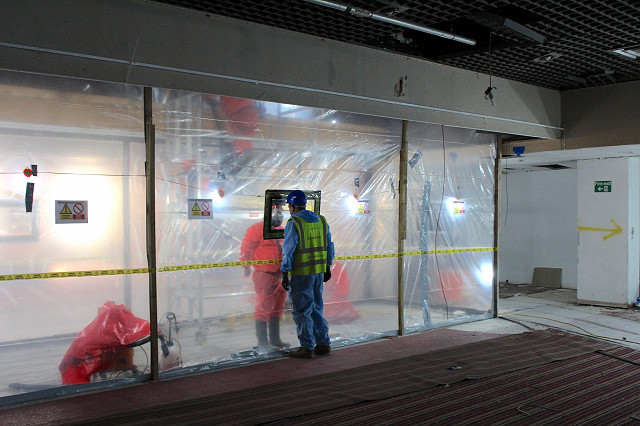
Live enclosure to remove asbestos
Two weeks later, another site visit shows the AIB to the beams removed and areas cleared. The nightclub was fully set up and ready to go live the next day. Another article will follow to showcase this.
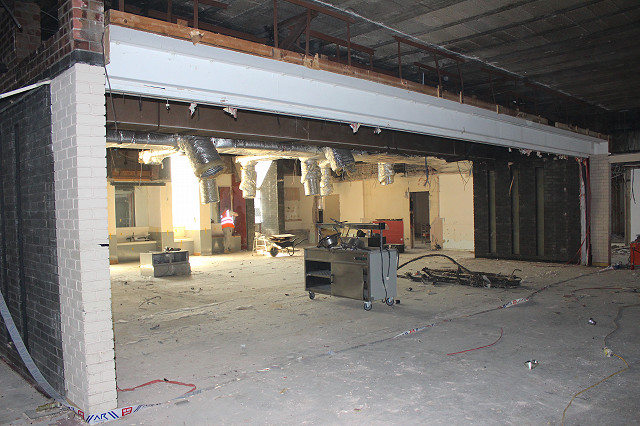
Area where enclosure was previously located, asbestos has now been removed.
Progress is quick but there are still many areas to finish before the building can be demolished.
Examples of before and after asbestos removal
- A small panel of AIB was located within a small void in the building.
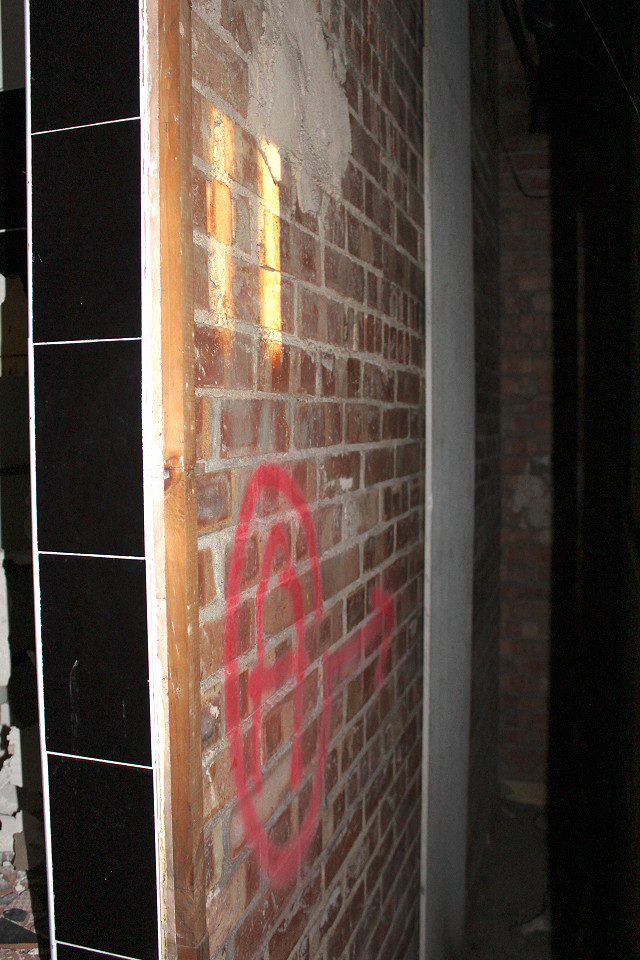
The asbestos insulation panel was removed within an enclosure.

- Asbestos located in beams has been removed.
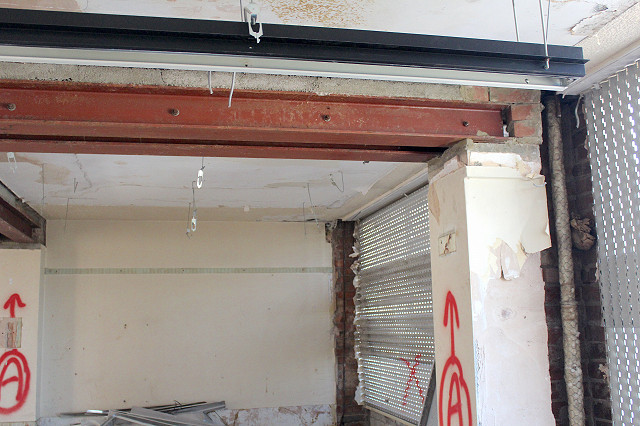
There will be further updates to this project, but in the meantime, if you want to know more about any of our services please do get in touch.





